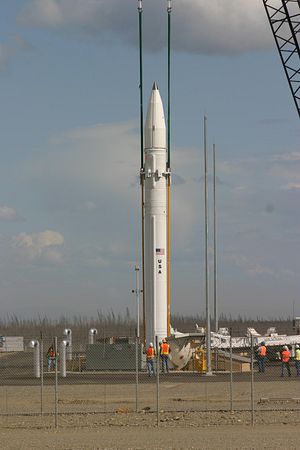How has missile defense technology, considered globally, developed over the past four decades? A recent book, co-edited by Catherine Kelleher and Peter Dombrowski, traces the development and current status of missile defense projects around the world. Reviewed here by Pavel Podvig, Regional Missile Defense from a Global Perspective offers accounts of the modern (since the 1980s) history of missile defense, and frames extant missile defense (and counter-missile defense) programs in regional context.
Of course, the salience of missile defense has steadily increased in Northeast Asia, where North Korea’s missile programs have continued apace, and South Korea, Japan, and the United States have responded with expanded missile defense networks. These systems have naturally put China on edge, despite the fact that they cannot plausibly defeat China’s strategic deterrent. But missile defense technology has also advanced, if unevenly, in other parts of the world.
Dynamics like the one in Northeast Asia have characterized the entire history of missile defense. The quest for ballistic missile defenses is not new; engineers in both the United States and the Soviet Union believed that many of the core problems were manageable as early as the 1960s. The ABM Treaty prohibited the development of systems that many believed were technically feasible. Decades of research and some field experience, however, would demonstrate that many of the issues associated with reliably shooting down ballistic missiles were, and remain, intractable.
Nevertheless, the vision of a national missile defense system remains alive, even as technical and strategic problems continue to bedevil its pursuit. This vision continues to animate some missile defense programs in the United States, as well as anti-missile defense projects in China and Russia. Indeed, theater missile defense systems are often rationalized as stepping stones to national missile defense.
The volume acknowledges a point that missile defense critics have made for generations; missile defense cannot resolve the foundational strategic threat posed by ICBMs, no matter how sophisticated it becomes. Without full testing, a national missile defense system cannot promise absolute security for the United States. Foreign countries that wish to threaten the United States require only a small chance of success at inflicting catastrophic damage in order to realize their strategic ambitions.
But an area in which missile defense technology has undoubtedly progressed involves the defeat of short-ranged, conventional ballistic missiles designed to strike hard and soft targets. As guidance and mapping systems have become more sophisticated, these kinds of missiles have posed a greater threat to military and economic infrastructure. Precision-guided SRBMs can threaten to disable or destroy airfields, logistic centers, and communications infrastructure in a target, disabling a broad military response. Such missiles can also target critical economic infrastructure. The need to reduce the threat posed by such missiles propels many of the missile defense projects around the world.
As Podvig notes in his review, the political landscape for missile defense will likely shift under the Trump administration. Trump’s assertive posture in the Asia-Pacific will likely result in additional attention to programs designed to defeat China’s array of precision-guided ballistic missiles, both on land and at sea. But given the Republican Party’s longtime commitment to national missile defense, Trump may also revive more grandiose dreams of an impenetrable shield against nuclear armed-ballistic missiles.

































